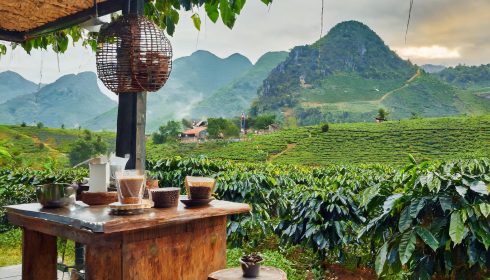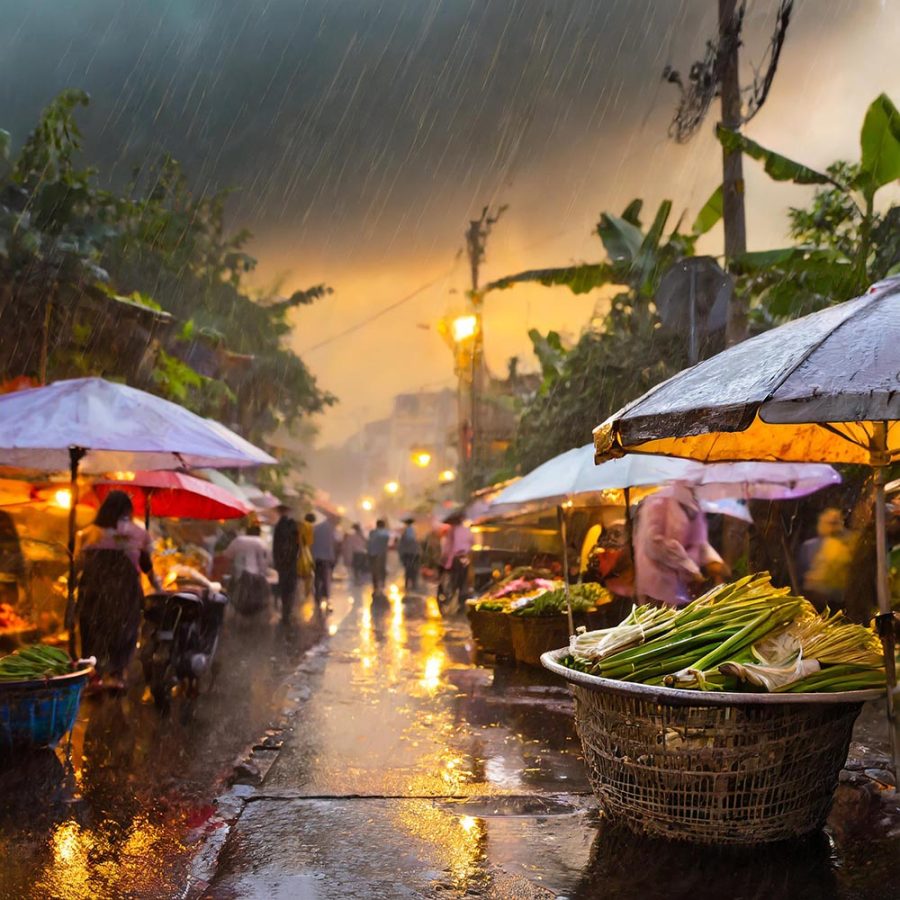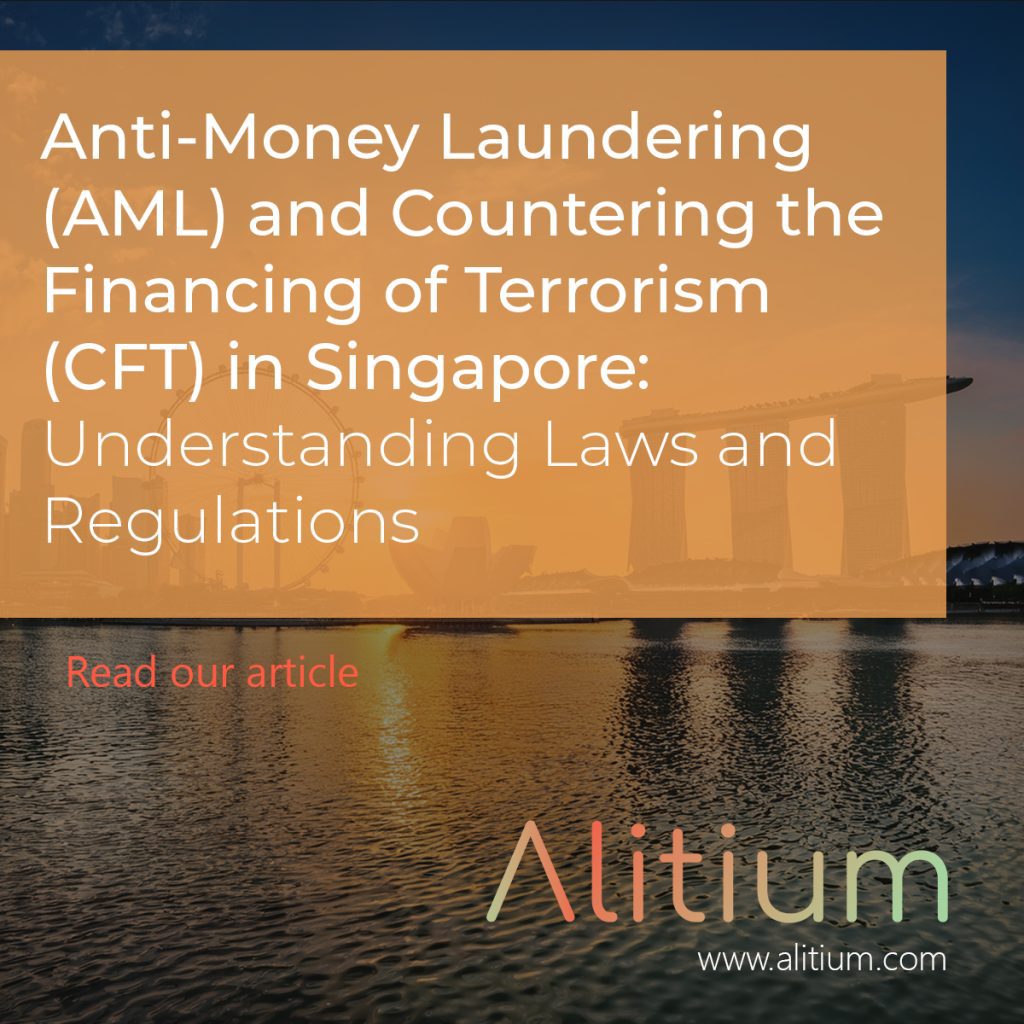Vietnam Trademark Protection: Business Strategy Through To Global Competitive Advantage
In today’s interconnected global economy, a trademark is much more than a logo or a sign of recognition. A Trademark embodies a company’s reputation, promise of quality, and long-term brand equity. As integrated global competition intensifies across industries, trademark protection should be a vital component of every company’s strategic growth plan, with taking proactive steps to safeguard marks enabling businesses to:
• Prevent brand misappropriation and avoid costly disputes in the future;
• Enhance corporate value in investment, licensing, and M&A transactions; and
• Build consumer trust while expanding globally under a unified, protected brand identity.
In Vietnam, trademark registration and enforcement are governed by the Law on Intellectual Property (2005, as amended in 2009, 2019, and 2022) together with its guiding regulations. For enterprises looking to expand beyond Vietnam’s borders, the Madrid System for the International Registration of Marks serves as an effective mechanism to secure trademark protection across multiple jurisdictions through a single, streamlined application process.
Below we outline the legal framework and registration procedures applicable to trademarks in Vietnam and contrast them with international registration under the Madrid System, seeking to demonstrate enterprises with a clearer understanding of how to design an appropriate and cost-effective brand protection strategy at both domestic and global levels.
1. Trademark Registration in Vietnam
To obtain trademark protection in Vietnam, enterprises are required to file a registration application with the Intellectual Property Office of Vietnam (IP Vietnam) under the Ministry of Science and Technology. This remains the most common and effective method to secure exclusive rights to a brand within Vietnam’s territory.
However, trademark protection is not without limits. The owner’s rights are confined to the exact mark and the specific list of goods or services registered in the certificate. Any use or enforcement beyond this registered scope may not be legally recognized or protected under the law.
According to Articles 72 and 73 of the Law on Intellectual Property 2005, as amended and supplemented by Article 1 of the Law on Intellectual Property 2022, a valid and protectable trademark should:
• Possess distinctive elements that allow consumers to easily differentiate it from others in the marketplace;
• Avoid generic, descriptive, or misleading components; and
• Not be identical or confusingly similar to marks that are already registered or pending registration for the same or related goods or services.
Once a trademark is registered, it becomes a valuable intellectual property asset that must be actively managed to preserve both its legal protection and commercial value. Under Clause 6 Article 93 of the Law on Intellectual Property 2005, a Trademark Registration Certificate is valid for 10 years from the filing date and may be renewed indefinitely for consecutive 10-year periods. To avoid any interruption in protection, enterprises should:
• Monitor renewal deadlines and submit renewal applications within 6 months prior to the expiration date, in accordance with Clause 3 Article 31 of Decree No. 65/2023/ND-CP.
• Utilize the grace period of six months following expiration (subject to a late renewal fee) if the renewal deadline is inadvertently missed.
• Keep ownership information up to date, including the owner’s name, address, and other registration details, with the IP Vietnam to ensure the continued validity and enforceability of the rights.
Beyond administrative maintenance, enterprises should also monitor the actual use of their trademarks in commerce. Under Clause 30 Article 1 Law on Intellectual Property 2022, failure to use a registered trademark continuously for 5 years or more may expose it to cancellation for non-use. Accordingly, maintaining consistent and traceable use, through product labeling, packaging, marketing materials, and online platforms, is crucial to preserving enforceable rights.
Trademark rights obtained in Vietnam are territorial in nature and valid only within Vietnam’s territory. Enterprises seeking broader protection must apply for registration in other countries or through international systems such as the Madrid System.
2. International Trademark Registration from Vietnam
As Vietnamese enterprises expand abroad through export, franchising, or digital commerce, protecting their trademarks internationally has become an essential part of long-term brand strategy. The most efficient pathway for this purpose is through the Madrid System for the International Registration of Marks, administered by the World Intellectual Property Organization (WIPO), to which Vietnam is a member of both the Madrid Agreement and the Madrid Protocol.
Under this system, an enterprise that has filed or obtained a trademark registration in Vietnam (as required under Clause 3 Article 25 Decree 65/2023/ND-CP) may submit an international application through the Intellectual Property Office of Vietnam (IP Vietnam), designating one or multiple member countries where protection is sought. The Madrid System offers significant advantages, including:
• Single procedure, multiple jurisdictions: One application with a single set of fees;
• Centralized management: Simplified renewals, changes of ownership, or updates across all designated countries;
• Cost and time efficiency: Lower administrative burden compared with filing separate national applications.
However, the decision on where and how to file should be made with careful consideration. Each designated country will independently examine the application under its own national laws, which means that a mark accepted in Vietnam may still be refused in other jurisdictions. To maximize protection and efficiency, enterprises should:
• Identify key target markets that align with their commercial strategy, such as manufacturing hubs, export destinations, or regions with potential brand exposure;
• Analyze local distinctiveness standards and potential conflicts in each market before designating countries;
• Consider linguistic and cultural factors, as meanings or pronunciations of the may vary across markets; and
• Engage qualified IP representatives in complex jurisdictions (e.g., the US, EU, Japan) to manage office actions or oppositions effectively.
3. Common Risks and Preventive Measures
While trademark registration provides a solid foundation for brand protection, many enterprises still face challenges due to inadequate management or strategic oversight. The following are common pitfalls and practical measures to mitigate them:
• Premature use without registration: Launching a mark before filing may expose the business to trademark squatting or legal disputes, particularly in markets operating under a “first-to-file” principle. Enterprises should file their applications before or concurrently with brand launch to secure priority.
• Failure to register internationally: Expanding operations or exporting products without corresponding international protection can result in brand hijacking abroad. Enterprises should plan international filings early, especially in key export or franchise markets.
• Improper classification of goods or services: Overly narrow protection limits future business growth, while excessively broad coverage increases costs and vulnerability to opposition. Conducting a strategic classification review ensures comprehensive yet efficient protection.
• Non-use of registered marks: In Vietnam and most jurisdictions, a mark may be cancelled for non-use after five years. To avoid this, enterprises must maintain verifiable commercial use and preserve evidence such as invoices, advertisements, and product packaging.
In essence, effective trademark protection requires more than just registration – it demands continuous vigilance, strategic updates, and proactive enforcement as part of a company’s broader brand governance.
4. Strategy and Actions
Trademark protection is no longer a matter of choice in today’s globalized economy, and has become a strategic necessity to safeguard business interests and affirm a company’s market position. Registering a trademark in Vietnam is the first key step in building a secure foundation for brand development. For enterprises with international ambitions, the Madrid System offers an efficient solution to obtain protection across multiple jurisdictions, optimizing both time and cost. Depending on their scale and business direction, enterprises may combine domestic and international filings to ensure comprehensive protection.
Above all, enterprises should understand the legal framework and adopt a forward-looking trademark strategy from the very beginning, enabling their brands to evolve into enduring, invaluable corporate assets that stand the test of time.
For any further questions you may have, please reach out to us at vietnam@alitium.com
Article Authored by:
Tram Pham – Senior Associate, Alitium
Thuan Dao – Associate, Alitium
********
This article is intended to provide an overview of intellectual property regulations for software. While it aims to present useful insights, it is important to note that the content shared here should not be considered as formal legal, tax or financial advice. For specific guidance on tax obligations or legal matters related to your business, we strongly recommend consulting with a qualified professional, such as a tax advisor or legal expert or directly reach out to us.








